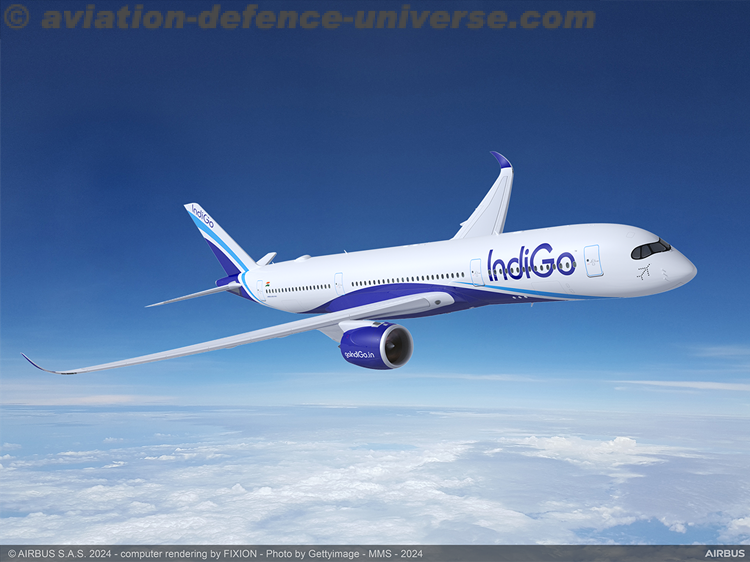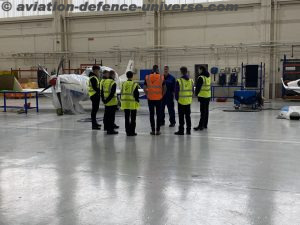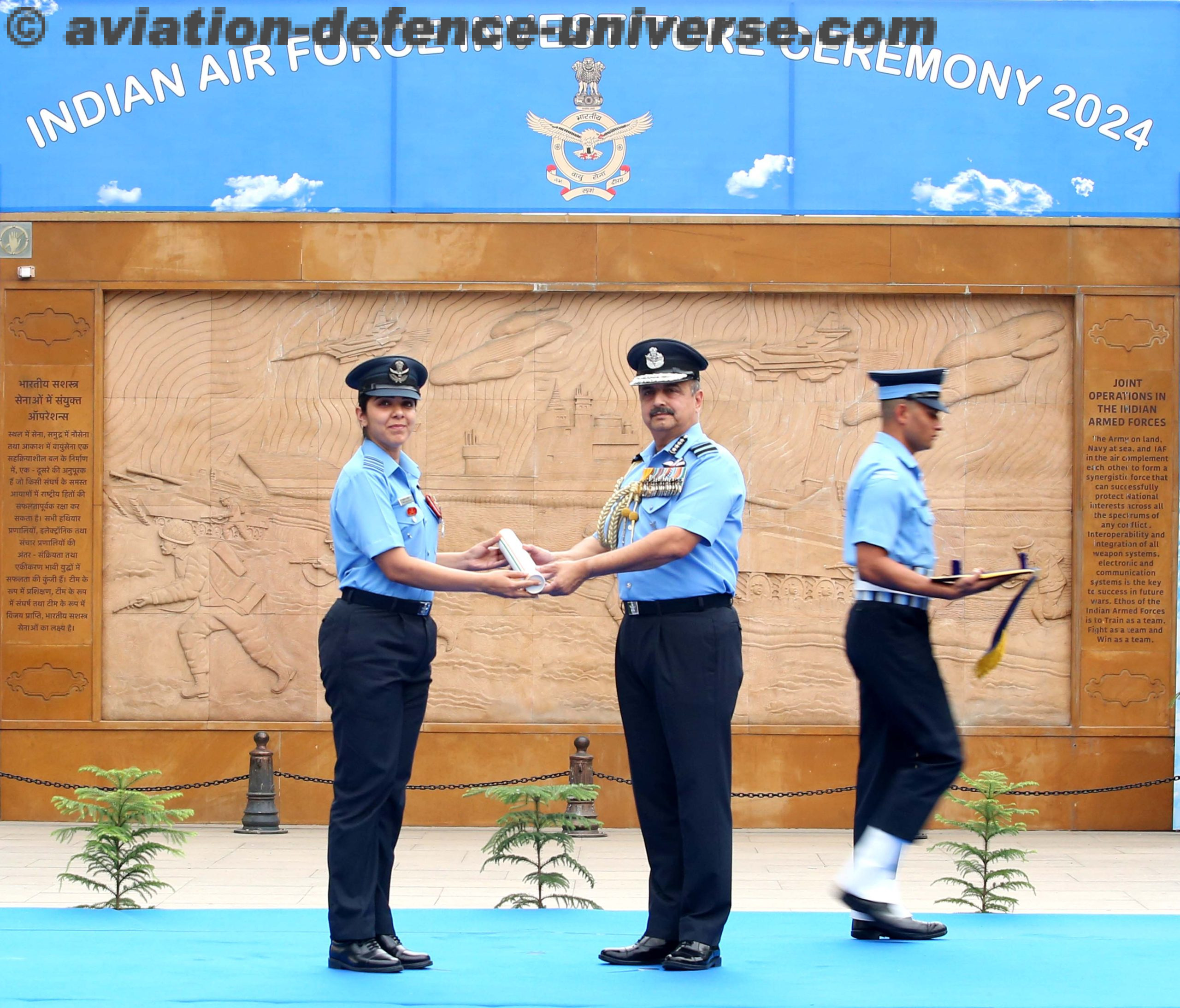
- Created aviation history at Kitty Hawk, North Carolina on 17th December 1903
New Delhi. 17 December 2020. No aviation history begins without Wilbur and Orville Wright. The Wright Flyer (often retrospectively referred to as Flyer I or 1903 Flyer) was the first successful heavier-than-air powered aircraft. Designed and built by the Wright brothers, they flew it four times on December 17, 1903, near Kill Devil Hills, about four miles (six kilometers) south of Kitty Hawk, North Carolina. Today, the airplane is exhibited in the National Air and Space Museum in Washington D.C. The U.S. Smithsonian Institution describes the aircraft as “the first powered, heavier-than-air machine to achieve controlled, sustained flight with a pilot aboard.” The flight of the Wright Flyer marks the beginning of the “pioneer era” of aviation.
Taking turns, the Wrights made four brief, low-altitude flights that day. The flight paths were all essentially straight; turns were not attempted. Each flight ended in a bumpy and unintended “landing.” The last flight, by Wilbur, was 852 feet (260 m) in 59 seconds, much longer than each of the three previous flights of 120, 175 and 200 feet (37, 53 and 61 m). The landing broke the front elevator supports, which the Wrights hoped to repair for a possible four-mile (6 km) flight to Kitty Hawk village. Soon after, a heavy gust picked up the Flyer and tumbled it end over end, damaging it beyond any hope of quick repair. It was never flown again.
The Flyer was based on the Wrights’ experience testing gliders at Kitty Hawk between 1900 and 1902. Their last glider, the 1902 Glider, led directly to the design of the Wright Flyer. The Wrights built the aircraft in 1903 using giant spruce wood as their construction material. The wings were designed with a 1-in-20 camber. Since they could not find a suitable automobile engine for the task, they commissioned their employee Charlie Taylor to build a new design from scratch, effectively a crude 12-horsepower (9-kilowatt) gasoline engine. A sprocket chain drive, borrowing from bicycle technology, powered the twin propellers, which were also made by hand. In order to avoid the risk of torque effects from affecting the aircraft handling, one drive chain was crossed over so that the propellers rotated in opposite directions.
The Flyer was a canard biplane configuration. As with the gliders, the pilot flew lying on his stomach on the lower wing with his head toward the front of the craft in an effort to reduce drag. He steered by moving a cradle attached to his hips. The cradle pulled wires which warped the wings and turned the rudder simultaneously. The Flyer’s “runway” was a track of 2x4s stood on their narrow edge, which the brothers nicknamed the “Junction Railroad.”
Specifications (Wright Flyer)
North Carolina50 State Quarter features the famous first flight photo of the 1903 Wright Flyer at Kitty Hawk, North Carolina
General characteristics
- Crew: 1
- Length: 21 ft 1 in (6.43 m)
- Wingspan: 40 ft 4 in (12.29 m)
- Height: 9 ft 0 in (2.74 m)
- Wing area: 510 sq ft (47 m2)
- Empty weight: 605 lb (274 kg)
- Max takeoff weight: 745 lb (338 kg)
- Powerplant: 1 × straight-4 water-cooled piston engine, 4 inches (102 mm) bore by 4 inches (102 mm) stroke.[3] , 12 hp (8.9 kW) 170 lbs (77.11 kg), (2 x Wright “Elliptical” props, 8 ft 6 in (2.59 m), port prop carved to counter-rotate left, starboard prop carved to rotate to the right)
Performance
- Maximum speed: 30 mph (48 km/h, 26 kn)
- Service ceiling: 30 ft (9.1 m)
- Wing loading: 1.4 lb/sq ft (6.4 kg/m2)
- Power/mass: 0.02 hp/lb (15 W/kg)

























































































































